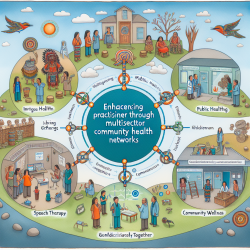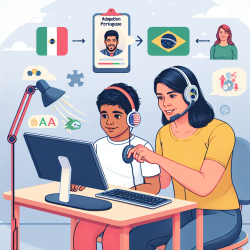Understanding Multisector Community Health Networks
In the evolving landscape of public health, multisector community health networks are gaining prominence. These networks, which involve diverse sectors and services, aim to enhance public health outcomes through collaborative efforts. The recent study titled "Best of ARM: Evaluating Engagement in Multisector Community Health Networks: The Case of Tribal Organizations" by Owsley et al. provides critical insights into the role of tribal organizations within these networks.
Key Findings from the Research
The study utilized data from the 2018 National Longitudinal Survey of Public Health Systems to evaluate tribal organizations' engagement in public health networks. The findings revealed that:
- Tribal organizations participated in 28% of public health networks when an AI/AN serving health facility was present in the region.
- These networks were more comprehensive, involving a broader range of sectors and services.
- Engagement was significantly higher in regions with a larger AI/AN population, proximity to reservation land, and presence of a tribal facility with Indian Health Service funding.
Despite these findings, the study highlighted a significant gap in engagement, with the majority of public health networks not reporting involvement with tribal organizations.
Implications for Practitioners
For practitioners, particularly those in speech language pathology, these findings underscore the importance of engaging with multisector networks to enhance service delivery and outcomes for children. Here are some practical steps practitioners can take:
- Build Partnerships: Collaborate with local tribal organizations and health facilities to integrate services and address community-specific needs.
- Leverage Data: Use data-driven approaches to identify gaps in service delivery and develop targeted interventions.
- Enhance Cultural Competency: Gain a deeper understanding of cultural factors affecting health outcomes in AI/AN communities to tailor services effectively.
Encouraging Further Research
The study by Owsley et al. opens avenues for further research. Practitioners are encouraged to explore:
- Strategies to increase tribal organization engagement in public health networks.
- The impact of such engagement on health outcomes for children in AI/AN communities.
- Methods to enhance cross-sector collaboration and service integration.
Engaging in further research not only contributes to the body of knowledge but also enhances the effectiveness of interventions and services provided to children.
To read the original research paper, please follow this link: Best of ARM: Evaluating engagement in multisector community health networks: The case of tribal organizations.










